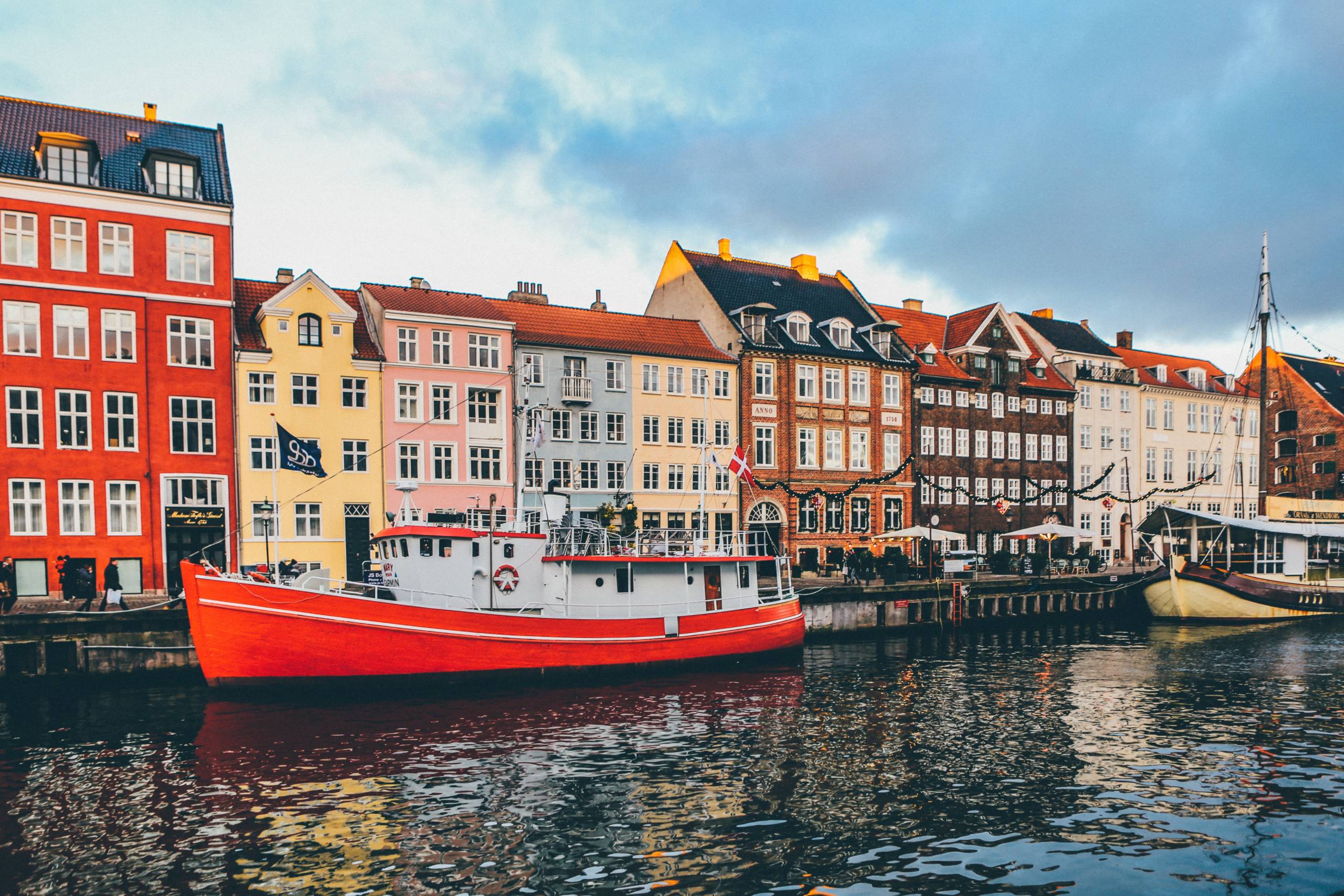Which European countries don't use the euro currency and why?
If you've traveled to mainland Europe in the past two decades, depending on your destination, you may have used the euro currency. If you are a regular traveler, you may even keep some spare euro currency at home for your next trip. Or, if you're like me and don't carry cash around, you may be more likely to have euros in your wallet than dollars.
A total of 19 of the 28 members of the European Union have adopted the euro as their official and sole currency, creating the 'eurozone' or 'euro area'. These countries are:
- Austria, Belgium, Cyprus, Estonia, Finland, France, Germany, Greece, Ireland, Italy, Latvia, Lithuania, Luxembourg, Malta, the Netherlands, Portugal, Slovakia, Slovenia and Spain.
In addition to these members of the eurozone, the following non-EU members have also adopted the euro as their official currency:
- Andorra, Kosovo, Monaco, Montenegro, San Marino and Vatican City
So while that covers a large part of Europe, which countries in the region do not use the euro and what will you have to use instead?
Denmark
Denmark signed the Maastricht Treaty, which provides special conditions where it does not have to adopt the euro currency despite being a member state of the European Union (the United Kingdom also had signed this agreement, prior to leaving the EU in January 2020).
Denmark uses Danish krone currency (1 DKK = .15 USD).
Sweden
While not a signatory to the Maastricht Treaty, Sweden has retained its Swedish krona currency following a 2003 referendum in Sweden where the public voted not to adopt the euro. Currently, 1 SEK = .11 USD.

Bulgaria, Croatia and Romania
These three countries are working through the fulfillment of their various 'nominal euro convergence criteria' as specified by the European Union to join the eurozone. They intend to adopt the euro currency, though this will still be several years away. For Bulgaria, that's currently estimated to be 2022, for Croatia, 2023 and for Romania, 2024.
Until then, these countries retain their existing currencies:
- Bulgarian lev (1 BGN = .57 USD)
- Croatian kuna (1 HRK = .15 USD)
- Romanian leu (1 ROM = .23 USD)
Czech Republic, Hungary, Poland
While each of these countries should adopt the euro currency as member states of the European Union once they have fulfilled certain economic obligations, all three say they have no immediate plans to do so. The populations of these three countries overwhelmingly do not wish to adopt the euro currency.
So for the time being, these countries retain their existing currencies:
- Czech koruna (1 CZK = .04 USD)
- Hungarian forint (1 HUF = .003 USD)
- Polish zloty (1 PLN = .25 USD)
What about other countries geographically in Europe, but not members of the European Union? As nonmembers, they do not have the right to adopt it as their official currency. Here's what they do instead.
- Albania — The official currency is the Albanian lek, though euros are widely accepted. 1 LEK = .009 USD.
- Belarus — The currency in Belarus is the Belarusian ruble. Some places accept euros or US dollars. 1 BYN = .42 USD.
- Bosnia and Herzegovina — This country uses its own Bosnian convertible mark currency, though euros are widely accepted. 1 BAM = .58 USD.
- Iceland — Independent Iceland maintains its own krona currency. Though you'll receive plenty of krona for your euros or pounds, expect to see some very high price tags in this expensive destination. 1 ISK = .007 USD.
- Liechtenstein — As one of the smallest countries in the world, it does not have its own currency, instead using the Swiss franc (see below). Euros are not accepted.
- Moldova — Moldova uses its own leu currency though euros and US dollars are widely accepted. 1 MDL = .58 USD.
- North Macedonia — Here you will find the local dinar currency. You may be able to use euros but expect the exchange rate to be poor. 1 MKD = .018 USD.
- Norway — Norway uses the krone, and euros are not accepted. 1 NOK = .10 USD.
- Russia — Russia uses its own rubles currency and it is technically illegal to use other currencies for payment. 1 RRB = .014 USD.
- Serbia — The dinar, and you will struggle to use euros here without changing them to dinars first. 1 RSD = .0094 USD.
- Switzerland — Despite neighboring countries like Germany, Italy, France and Austria using the euro, the only legal currency in Switzerland is the Swiss franc. 1 CHF = 1.05 USD.
- Ukraine — A bit of a mouthful to pronounce, Ukraine uses the hryvnia and euros are not accepted for payment. 1 UAH = 28 USD.
If you are traveling to these countries and don't want to remember all these different currencies, consider a travel debit card with no foreign exchange fees.
